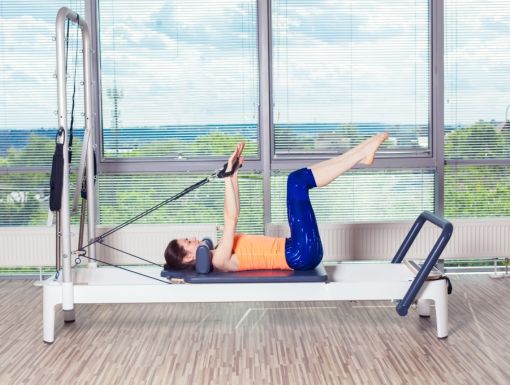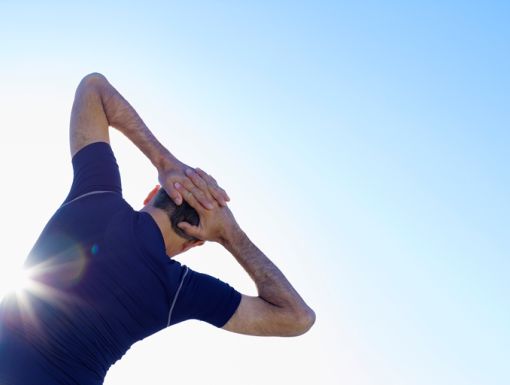
Posture Pointers
Over 80% of Americans experience back pain in their lifetime and the most common source of that pain can be attributed to poor posture. For many of us, this means hunching over, thrusting your chin forward and slouching your shoulders.
But this kind of poor posture keeps muscles from properly supporting the neck and puts stress on muscles, disks, ligaments, and joints in your neck and back. As a result, injury and pain can occur.
Studies show that good posture can enhance your appearance, confidence, and self-esteem, but it also relieves overcrowding of internal organs caused by slouching. Good posture helps your lungs expand fully when you take a deep breath. It helps your heart pump at full capacity, your blood flow smoothly and your digestive tract to stay on track.
Once good posture becomes a habit, annoying aches and pains may vanish from your shoulders, neck, and back. Using these simple posture pointers can make a major difference in the way you walk, look and feel!
Standing
Hold your head straight, balanced evenly between your shoulders and with your chin parallel to the floor. Keep shoulders, hips, and knees level and your feet and knees pointed straight ahead. From the side, your ear, shoulder, hip, knee, and ankle should be centered along an imaginary straight line.
If you must stand for a long period of time, put one foot on a footrest that's 5 inches to 8 inches high to ease pressure on your lower back. Switch the foot you're resting on the footrest every 5 minutes to 15 minutes.
Sitting
Sit so that the curve of your lower back fits easily against the chair. Hold your head straight and erect, bend your knees and hips at 90-degree angles and keep your feet flat on the floor or on a footrest. Sit so that your forearms are level with your work surface. Adjust the chair height as needed.
Sleeping
If you lie on your back, place a low pillow under your head and neck and another pillow under your knees. If you sleep on your side, keep your ear, shoulder, hip, knee and ankle along a straight line. Place a small pillow between your knees and try to avoid twisting your spine and pelvis.
Walking
Stand tall and walk with your head up. Let your arms swing while you walk. This helps relax muscles. Wear shoes that fit and support your feet. If you will be standing or walking for a long time, don’t wear high heels.
Try these stretches and other tips to help you achieve and maintain good posture. And remember, when pain starts interfering with day to day activities or increasing in intensity or duration, it’s time to go to the doctor.



